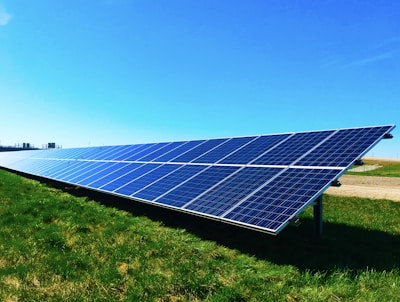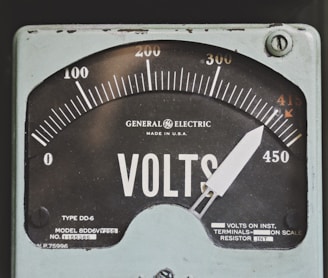
SOLUTIONS
Powering a sustainable future with renewable energy
OUR ENERGY SOLUTIONS
At KNRE, we have the expertise to meet the energy needs of every client with customized strategies that ensure long-term effectiveness. Whether it's a free field PV system or a complex floating solar solution, we propose the most suitable PV solution for our clients.
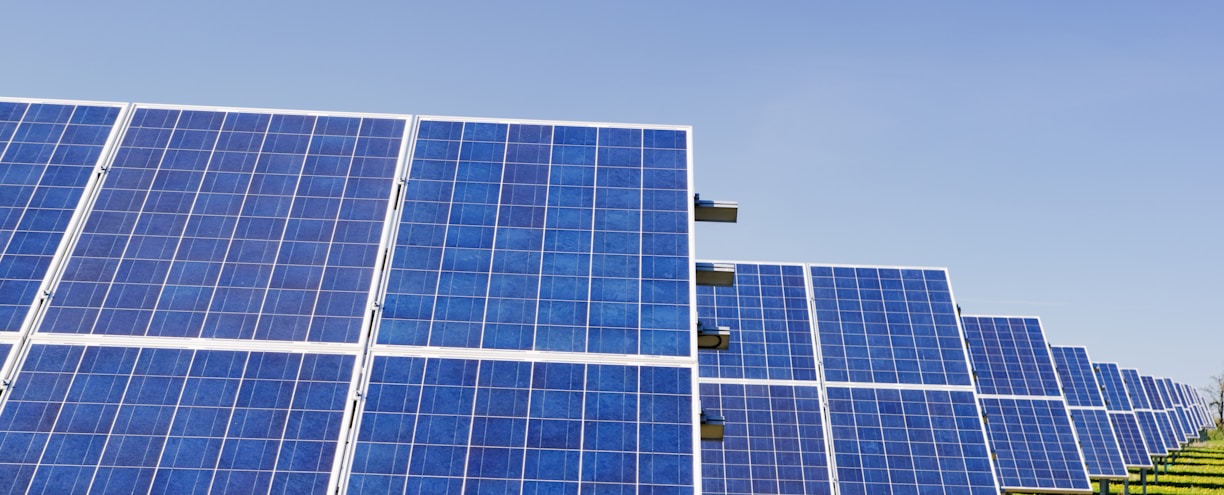
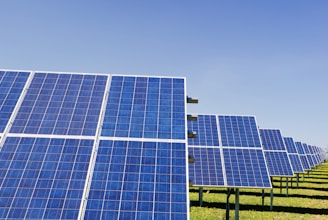
SOLAR ENERGY
Solar power is energy from the sun. It is what powers a majority of the earth's ecosystems. Without the sun, most life on earth would not exist. In the past few decades, the use of solar panels to harvest solar power to produce electricity has increased dramatically. Today, the sun remains the biggest source of energy. We receive solar energy at a rate of 10,000 times more than we, as humanity, require.
Solar harvesting equipment can be used for numerous applications for heating, cooling, natural lighting, electricity, and fuel. Solar energy devices convert sunlight into electricity using PV panels or reflective mirrors that concentrate it to a point. In every country, no matter the location, solar power has an important role in the solar mix. Modern technology means that even in cloudy conditions, one can take full advantage of solar energy.
The cost of solar panels has fallen drastically in the recent past. Today, they are one of the cheapest sources of electricity in the world. Besides that, solar panels are extremely durable. A commercial solar panel can last up to 30 years while retaining most of its efficiency.
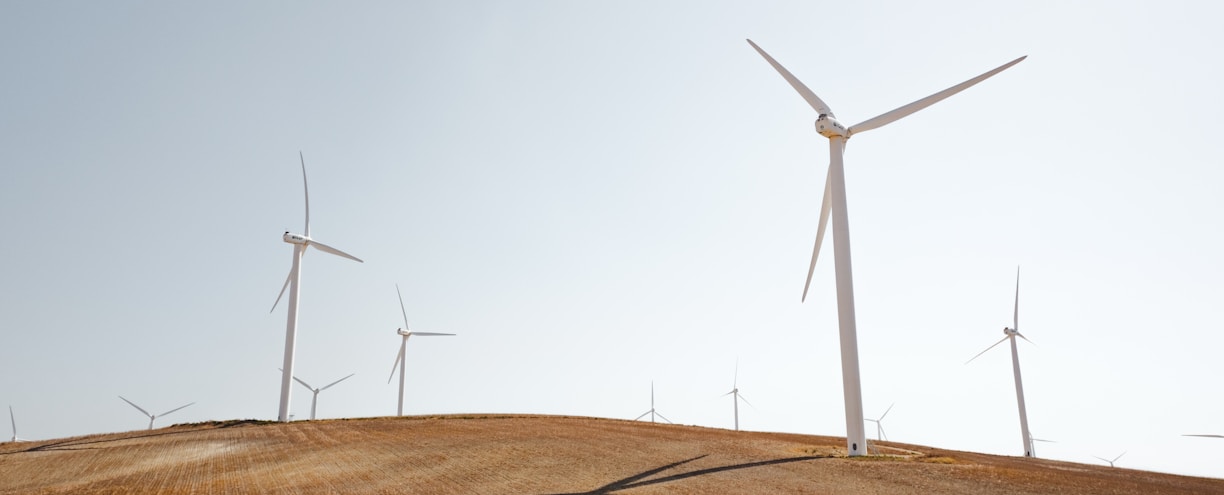
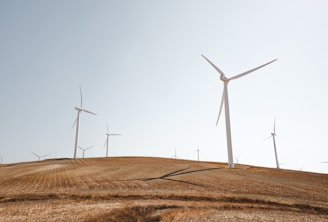
WIND ENERGY
Wind power entails harvesting the kinetic power of moving air using wind turbines. They can be placed onshore or offshore. While wind turbines generate electricity today, they have been used for millennia by humankind.
While various regions hold varying degrees of potential wind energy, the world's wind energy supply is still greater than total global energy production. Most regions of the world have suitable locations with wind power potential. Offshore wind power generation, which entails placing wind turbines out in the sea, has grown in popularity. Numerous large projects have been developed that harness the world's huge offshore wind energy potential.

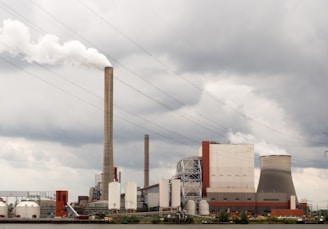
GEOTHERMAL ENERGY
Geothermal power is energy stored in the earth's interior. Within the earth, the pressure generates heat, which can be extracted to generate power using various methods. In some locations, there earth's geothermal potential is higher. These regions are significantly hotter and close to the surface. Earth's thermal energy can be harvested using various technologies to generate electricity.
Thermal energy harvesting technology is old. It is reliable and has been tested by humanity for over 100 years. As such, the share of geothermal power in the energy mix has been growing in past decades.
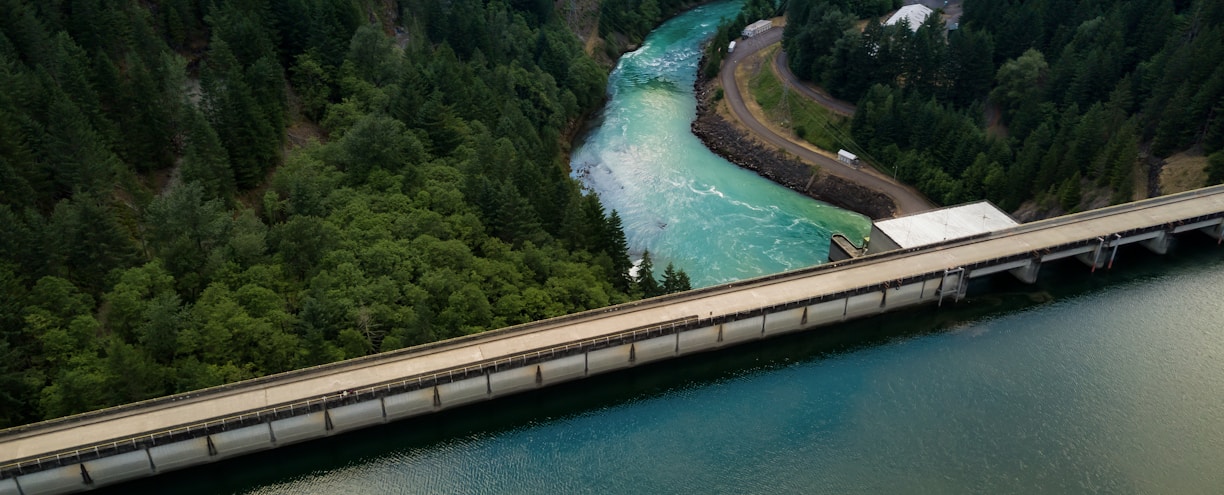

HYDROPOWER
Hydropower harnesses the kinetic energy of water as it drops to lower elevations. River reservoirs are the most popular option for generating hydropower. With a reservoir, water is stored in a large man-made lake by blocking off a river. As the water is released from the reservoir, it is directed using large pipes to turn a large turbine, to generate electricity. Besides generating power, these reservoirs provide irrigation water, drinking water, and flood control. Additionally, they are used to aid navigation. Today, hydropower remains the largest contributor to electricity generation.
However, large reservoirs can affect river ecosystems. It is also vulnerable to changing rain patterns and climate change. Consequently, most of the world's environmentalists now consider small-scale hydro projects to be a more environmentally friendly solution. These small-scale solutions are especially great for remote communities around the world.


OCEAN ENERGY
Wave energy relies on ocean water's kinetic and thermal qualities to generate power. For instance, the motion of waves creates kinetic energy, which can be harnessed to generate power. However, the technologies used to harness this power are still in the early stages of development. Numerous prototypes have been developed to harvest energy from tidal currents. If perfected, the potential energy from wave energy would surpass all of humanity's current energy consumption needs.


BIOENERGY
Bioenergy is any energy harvested from numerous organic materials, including wood, dung, and other organic matter, to provide heat and produce electricity. It also includes the use of crops to produce biofuel. In rural areas of the world, biomass is a popular source of power. It is used to provide space heating, cooking energy, and lighting. The modern biomass harvesting system includes farming dedicated trees, residue from forestry, and organic waste.
Energy from biomass generates greenhouse emissions when they are burned. However, it is a lower rate than burning fossil fuels. Due to its potential to negatively impact, its use should be limited. One of its major impacts is land use changes that can affect ecosystems. There is also the issue of clearing natural forest ecosystems to plant crops for biofuels.
SUMMARY
The above are the most common sources of renewable energy. Thus far, solar has emerged as a leader, thanks to major tax incentives and investment in solar technology research. Its efficiency has risen in recent years, while its price has dropped sharply in the same period. The technology and investment needed to wean the world off fossil fuels are being made today in real-time. In the future, it might be possible to avoid the coming climate crisis if enough of the world adopts these energy sources.

